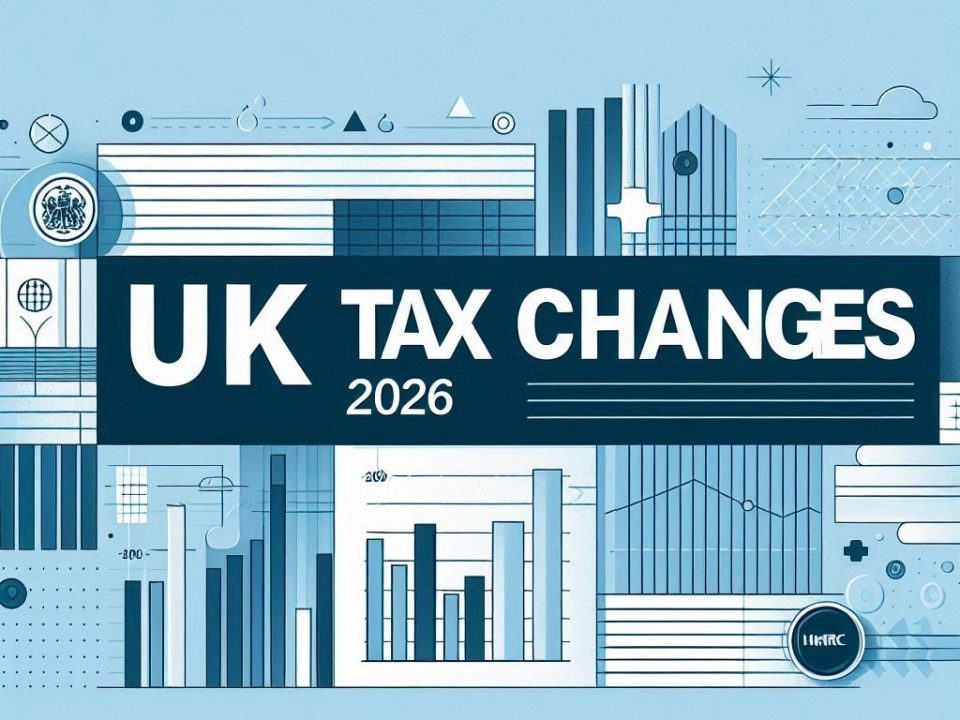Limited Company vs. Personal Property Ownership: A Tax Comparison
December 1, 2024Principal Private Residence (PPR) Relief: A Complete Guide for Homeowners
December 14, 2024Tax Relief on Loan Interest – Understanding Qualifying Loans and Security Restrictions
⏱ Time to read: 4 minutes
When it comes to tax relief on interest payments for loans, HMRC sets clear guidelines about what qualifies and the specific conditions that must be met. This blog will help you understand the rules, including an important aspect: how securing a loan against your main residence impacts your eligibility for relief.
What Loans Qualify for Tax Relief?
To claim tax relief on loan interest, the loan must be used exclusively for qualifying purposes. Common examples include:
- Investing in a partnership.
- Acquiring shares in a close company.
- Lending money to a close company for its business purposes.
- Participating in an employee-owned or community co-operative.
- Financing a management buy-in or buy-out in a trading company.
The use of the loan is critical—only those used exclusively for the purposes listed above are eligible for relief.
The Role of Security in Loan Eligibility
Tax relief on loan interest is usually more straightforward when the loan is unsecured. However, securing a loan against your main residence can complicate matters.
General Rule: Relief is unlikely to be granted if a loan is secured against the borrower’s primary residence. HMRC typically views such loans as personal rather than business-related, which disqualifies them from relief.
Exceptions to the Rule
Despite this general restriction, there are exceptions where relief may still be granted, even if the loan is secured on your home:
- Exclusive Use for Qualifying Purpose:
If the loan is fully used for a qualifying purpose—like purchasing shares/Lending Money to a close company or contributing to a partnership—and there’s clear documentation supporting this, relief may still apply. - Security Does Not Affect Qualifying Use:
If the security arrangement does not impact the loan’s exclusive use for a qualifying purpose, HMRC may allow the relief. This is particularly true when the borrower can demonstrate that the primary residence’s involvement is solely for collateral purposes and unrelated to personal use of the funds.
Example Scenario
Sarah secures a £50,000 loan against her main residence to invest in a close company. She uses the entire amount to lend money and keeps thorough records to demonstrate the qualifying purpose. Since the loan is exclusively for the qualifying activity, Sarah may be eligible to claim tax relief on the interest.
Conversely, if Sarah used part of the loan for personal expenses, such as home renovations, she would lose eligibility for relief on the interest.
How to Maximise Your Eligibility
To ensure your loan qualifies for relief:
- Use the loan exclusively for qualifying purposes.
- Maintain clear records, including agreements, invoices, and statements showing how the funds were used.
- Seek professional advice to structure the loan in compliance with HMRC’s requirements.
Key Takeaways
Tax relief on loan interest can be a valuable benefit, but it requires careful planning and compliance with HMRC rules. Loans secured against your main residence often complicate matters, but exceptions exist. Always ensure the loan is used exclusively for qualifying purposes and that your documentation is thorough.
For more detailed guidance, refer to HMRC’s official guidance or contact us!
![]() 0333 880 8600
0333 880 8600
![]() Tax@taxesdoneright.co.uk
Tax@taxesdoneright.co.uk



